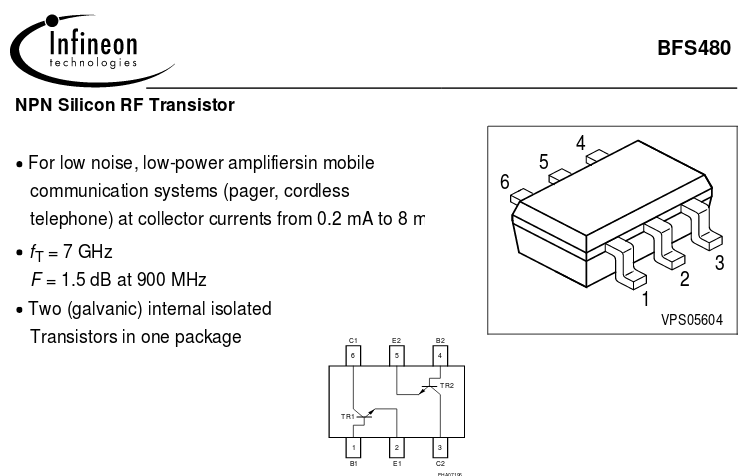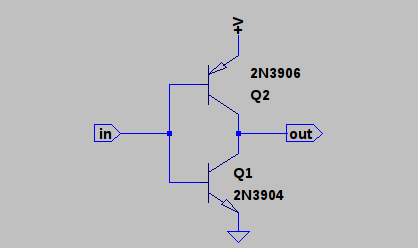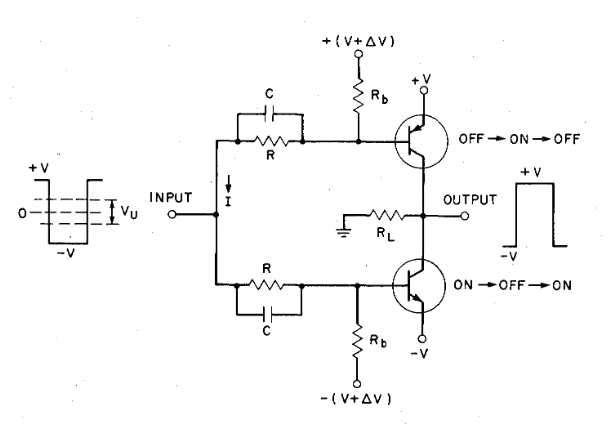As the steamroller of progress slowly moves forward, you can get a bag of 1K silicon transistors for under $20. Look at http://www.ebay.de/usr/minifux1's listings, he has brand new, dirt-cheap BC549C, BC550C, BC559C... And I don't even look at the parts directly from the manufacturers ! It's only natural to move the BJT exploration to this brand new old technology. Compared to Germanium, silicon :
- is way cheaper
- leaks much less
- has way better amplification (hFE > 400, vs 20-40 for the AF240)
- comes in black plastic package
The BC55x are rated at "250MHz" only, vs 500MHz for the AF240, but the above advantages should greatly compensate ! (the hFE in particular)
"True ECL" is described in detail at https://en.wikibooks.org/wiki/Circuit_Idea/Revealing_the_Truth_about_ECL_Circuits. I am studying circuits inspired by the ECL topology, but which are not totally conform (a bit cruder, easer to manage). "Non-Saturated Transistor Logic" is still a decent compromise for speed and consumption, compared to discrete DCTL/DTL/TTL.
For the faster, critical datapath circuits (adder, clock tree), I have found faster NPN transistors, such as the cheap 650MHz MPSH10 or the microwave-capable BFG425W or BFR96 The system speed target is set to 25MHz to ease synchronisation with a VGA display. We'll see if the whole BMOW can run fast enough...
At these speeds, computation is not black magic (at least I know what to expect), compared to memory which is the big roadblock. I'll cheat and use standard SRAM chips.
Logs:
1. Inventory
2. Low-Voltage, Complementary Bipolar Logic
3. Faster and smaller
 Yann Guidon / YGDES
Yann Guidon / YGDES




Hah! "Silicon?! I never thought I'd see the day..." Then scrolling down I see a very familiar and yet, quite obscure topology... :)